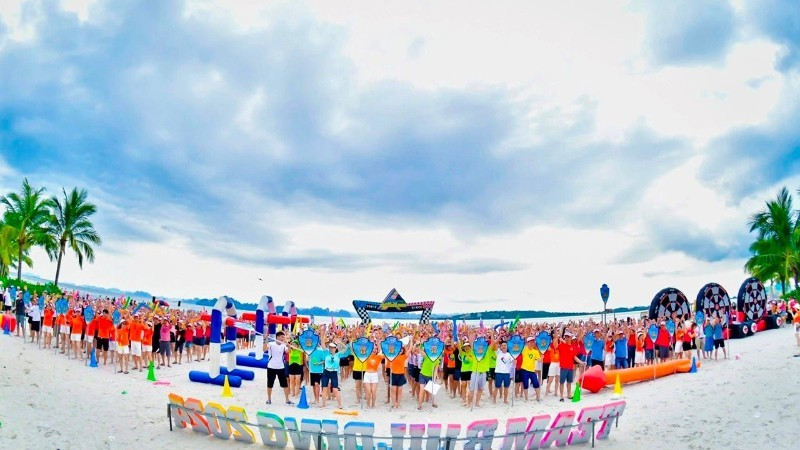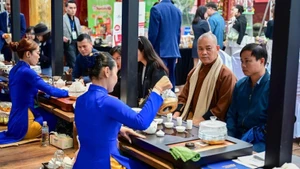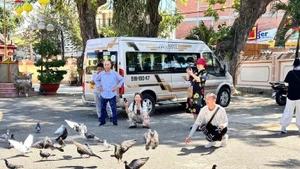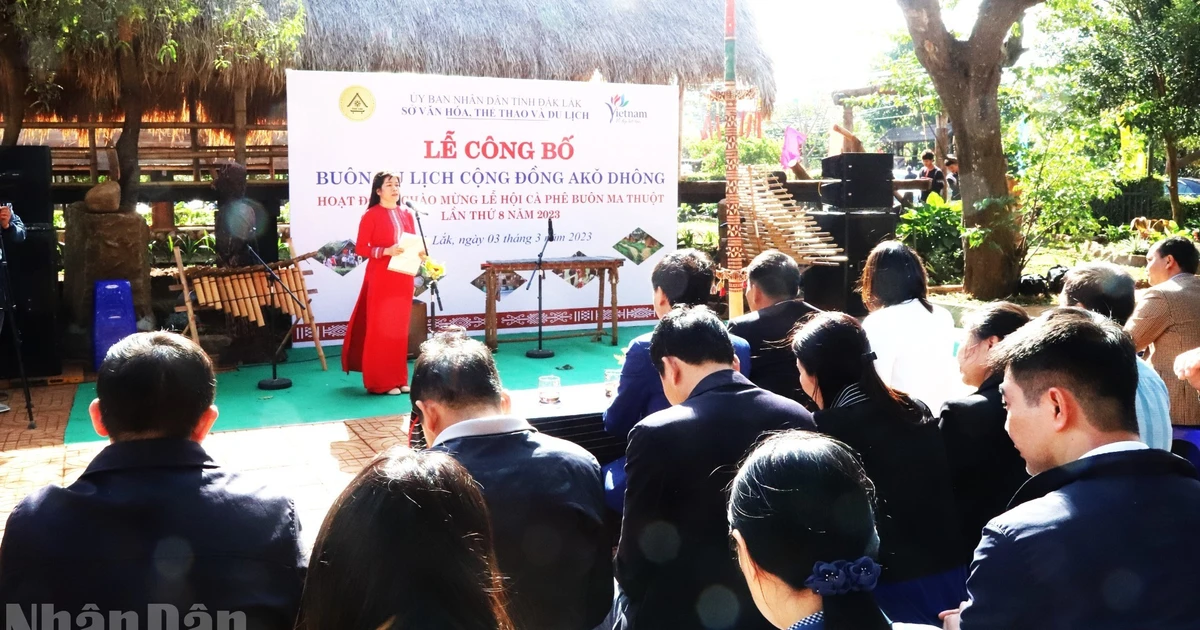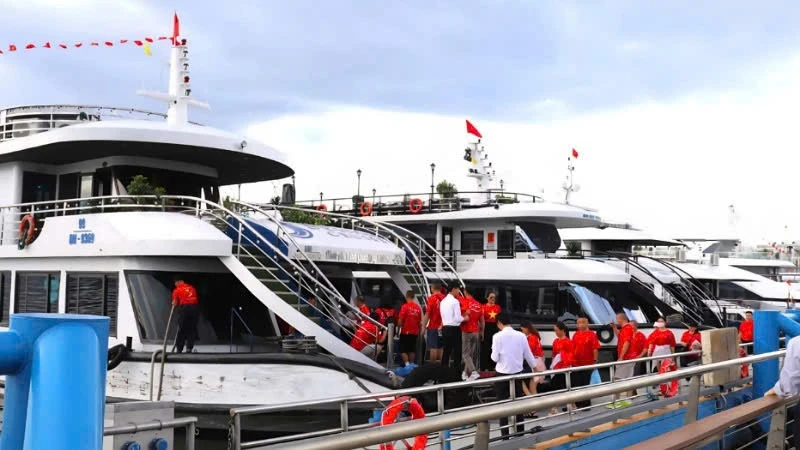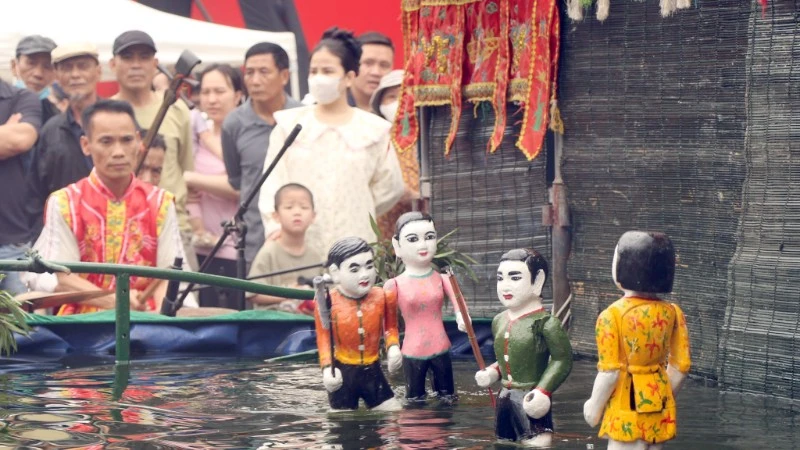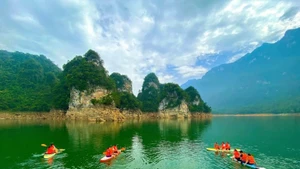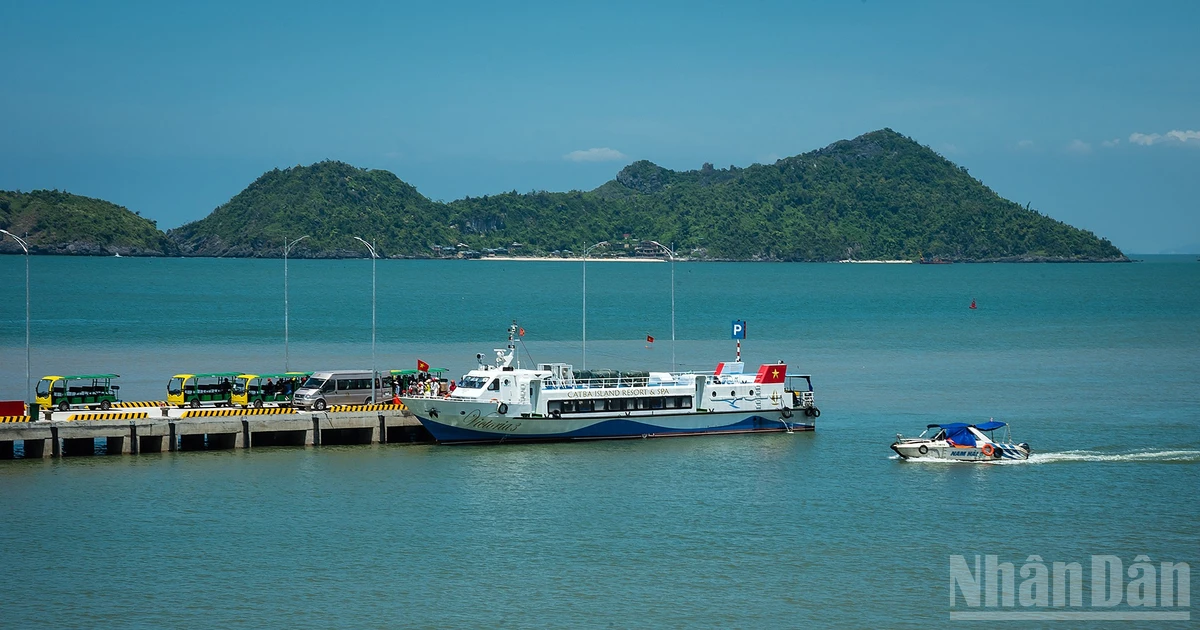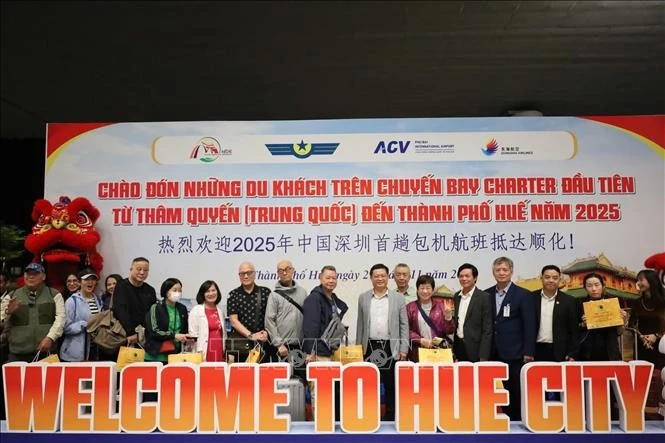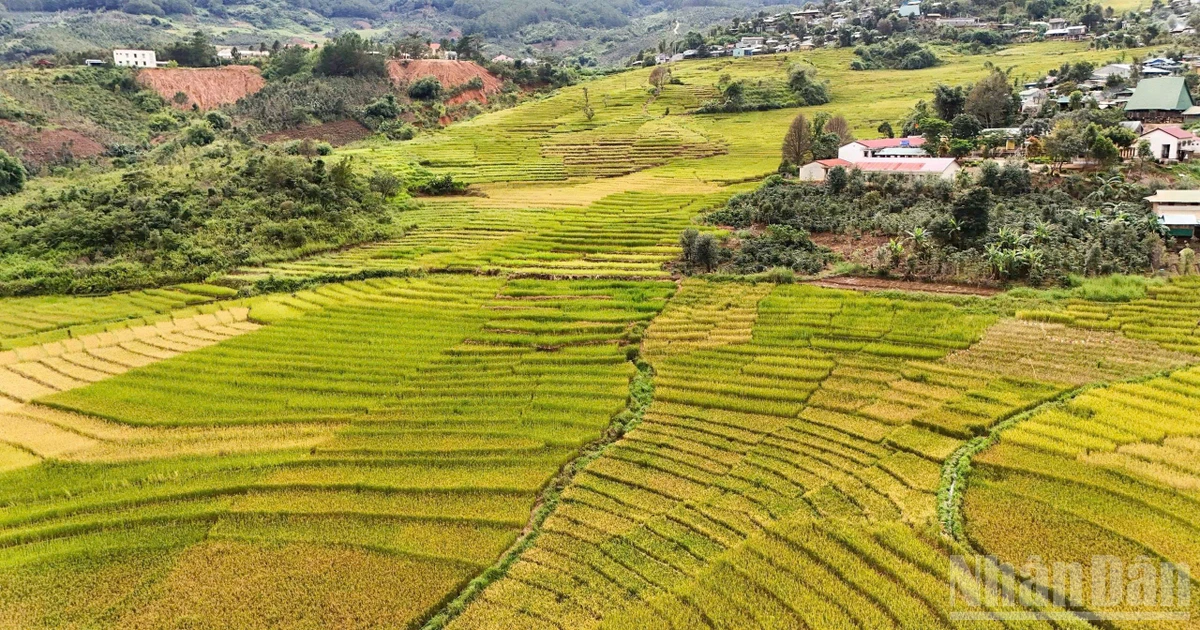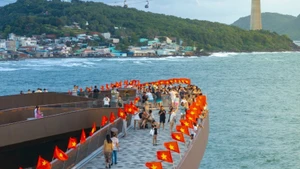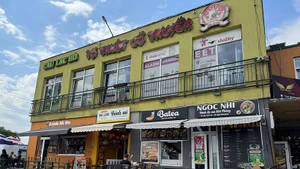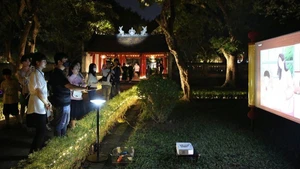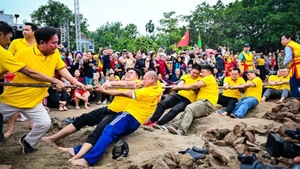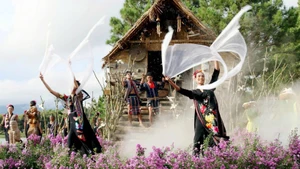Creating distinctive experiences
MICE tourism is becoming one of the fastest-growing segments of the tourism economy. Data from the Centre for the Promotion of Imports from Developing Countries (CBI) under the Ministry of Foreign Affairs of the Netherlands show that the global MICE industry was valued at around 915 billion USD in 2024 and is expected to surpass 1,700 billion USD by 2032. Many countries regard MICE as a “golden goose” because it targets large groups of travellers who use high-quality services.
Vu The Binh, Chairman of the Viet Nam Tourism Association, said that MICE participants are not ordinary tourists but influential representatives in various industries and social sectors, bringing professional connections while enhancing the destination’s reputation and promoting local culture, cuisine, and people to the world. This makes MICE an important driving force in tourism development, contributing to attracting investment and elevating national position.
According to research by The Outbox Company — a firm specialising in market research and data analytics in the hotel and tourism sector — technology and local heritage values are becoming leading trends in MICE tourism development. As many as 30.4% of international business travellers in Viet Nam’s MICE market choose cultural experiences during their trip, while nearly 40% take sightseeing tours, 37.8% prioritise culinary experiences, and 38.3% enjoy exploring the local nightlife.
This indicates that MICE tourists today seek not only successful events but also connections with local culture, deepening their overall experience. Experts agree that heritage provides invaluable material to enhance the appeal and uniqueness of MICE tourism in Viet Nam, while technology is the means to bring heritage stories closer to the hearts of visitors.
According to Dr. Trinh Le Anh — the head of the Event Management Division, Faculty of Tourism Studies, University of Social Sciences and Humanities under Viet Nam National University, Ha Noi and the deputy head of the Viet Nam MICE Tourism Association — delegates attending MICE events today are no longer satisfied with standard conference halls. They expect the event itself to be a journey of discovery that leaves an emotional impression. This is when cultural heritage shifts from being an “add-on attraction” to a central element — a “strategic asset” that creates competitive differentiation. Meanwhile, technology has become an indispensable part of the MICE experience. A report by Allied Market Research forecasts that the AR/VR technology market in events will grow by 25% annually, helping the revival of heritage sites and the recreation of historical stories before participants’ eyes, while also improving event management and organisation efficiency.
“Thus, heritage and technology are no longer two parallel lines. Their combination creates a new playing field where the value of a MICE destination is not measured by the square metres of its convention centre but rather by the depth of unique cultural experiences supported by technology,” Dr. Le Anh emphasised.
Enhancing competitiveness of brand
Owning a diverse system of tangible and intangible cultural heritage, including many heritage sites recognised by UNESCO, along with around 8,000 festivals and over 2,000 traditional craft villages nationwide, and a young workforce well-versed in technology, Viet Nam has all the advantages to turn heritage and technology into engines for MICE tourism growth.
In recent years, travel companies have pioneered the development of MICE products integrated with heritage experiences at Trang An, Phong Nha–Ke Bang, and Ha Long Bay. Instead of conventional team-building formats, many businesses have taken their employees to traditional craft villages to foster teamwork. Others have taken advantages of technology and successfully exploited interactive game programmes such as “The Amazing Race Hoi An”, turning the ancient heritage space into an attractive playground for visitors. These are inspiring examples of how the limitless potential of heritage and technology can create unique impressions for MICE tourism.
Dang Manh Phuoc, Director of The Outbox Company, said that tourists today tend to choose destinations based on brand. Therefore, it is time for Viet Nam’s MICE tourism to build a clear and recognisable brand in the global market. With strengths in service infrastructure and heritage resources, Viet Nam needs to develop distinctive MICE products with local characteristics to diversify visitor experiences and strengthen competitiveness with regional destinations. Furthermore, in the digital era, it is necessary to establish a data system capable of measuring tourist demand and behaviour, thus providing a reliable basis for assessing market scale and planning effective MICE development strategies.
In reality, the connection between MICE and heritage–technology experiences can only become truly meaningful when organisers know how to present and interpret heritage values in engaging ways. Therefore, in addition to event organisation capacity, MICE providers need to be equipped with knowledge of local culture to capture the spirit of heritage, as well as technological understandings to apply to content creation that make events more appealing and memorable.
Do Van Thuc, Deputy General Director of Dat Viet Tour, said that compared to regional countries such as Thailand and Singapore, Viet Nam has an advantage in service costs but lacks synchronisation and connection among essential MICE components such as transportation, accommodation, dining, and venues, thereby preventing the creation of truly competitive products. Apart from Ha Noi and Ho Chi Minh City, most localities still lack sufficient facilities to host large-scale events. These are bottlenecks that need to be resolved to strengthen Viet Nam’s MICE tourism competitiveness, along with promoting communication about the country’s MICE potential to attract major international delegations.
Tran Nguyen, Deputy General Director of Sun Group’s Leisure and Entertainment Division, cited the example of Ban May in Fansipan — where the houses of ethnic minority groups were meticulously relocated from Sa Pa villages, and where residents truly live, cook, and weave; or the water puppet performances integrated with advanced technological effects introduced in Phu Quoc, offering visitors authentic insights into the vibrant colours of Vietnamese culture. These are distinctive imprints that enhance the competitiveness of destinations.
Nguyen expressed her hope that with major investment in projects in Phu Quoc to serve APEC 2027, the Pearl Island will soon become a new symbol of Vietnamese MICE tourism, contributing to affirming the country’s position on the global MICE map.
